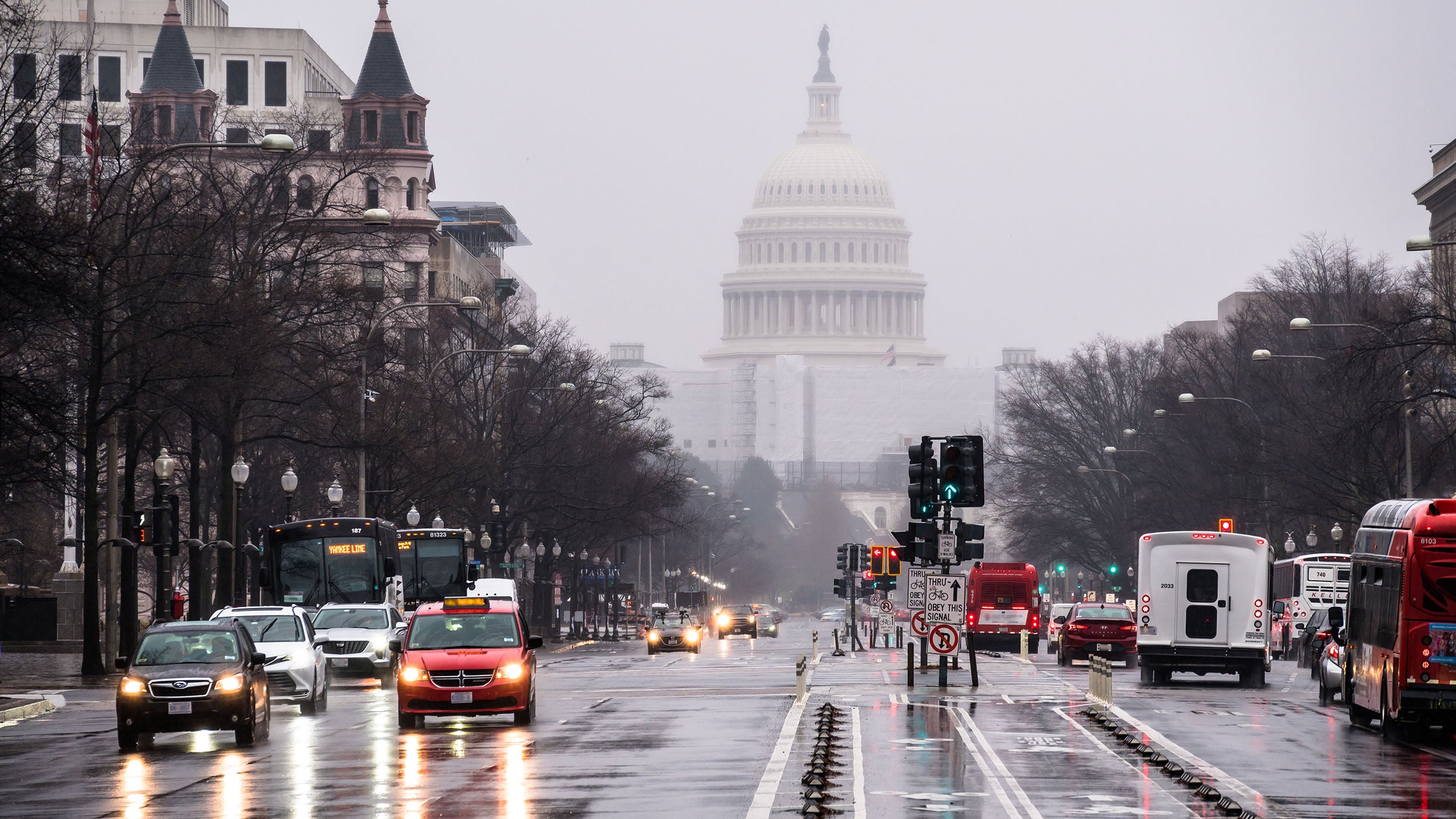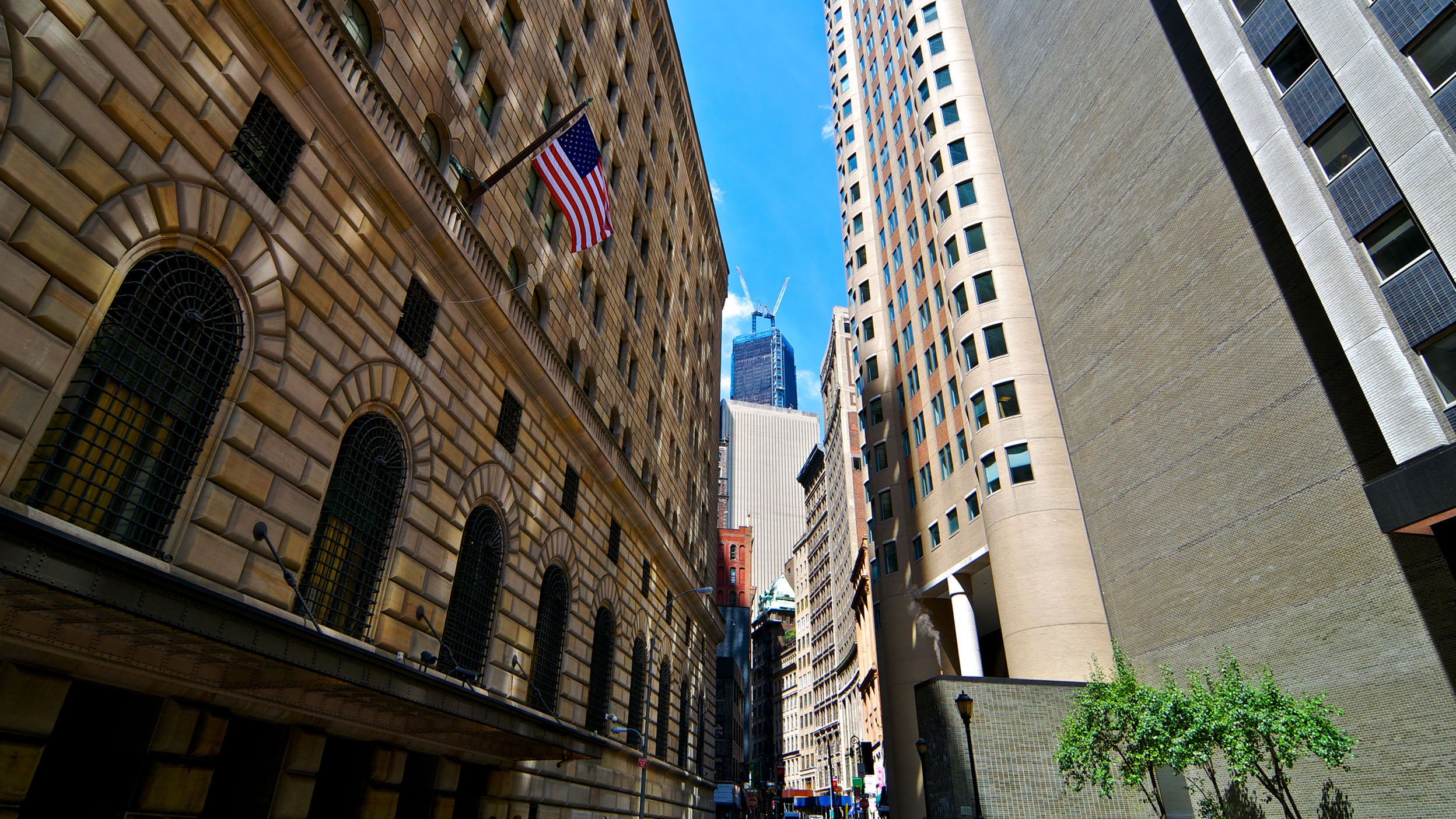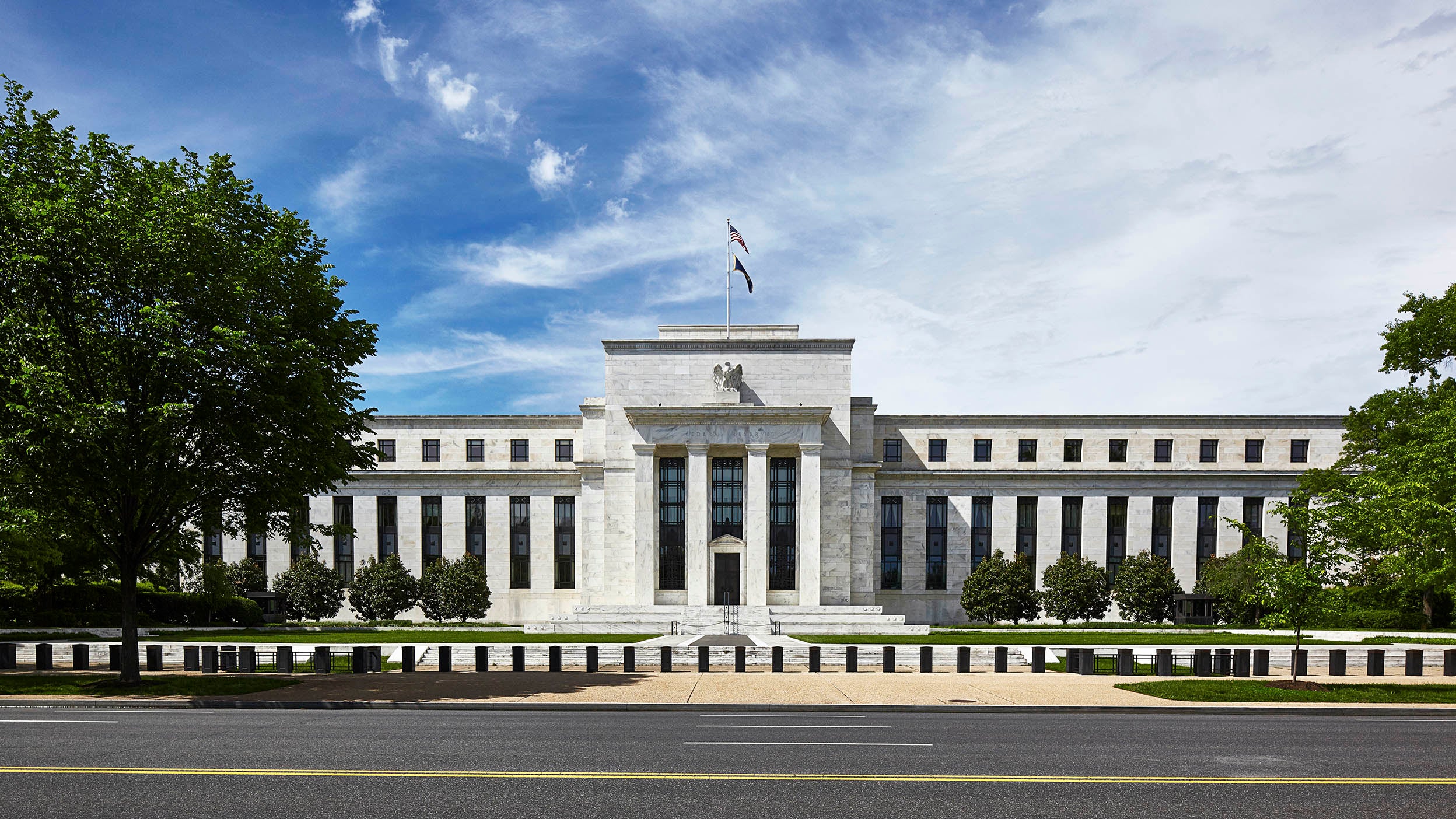
Money market and liquidity Global liquidity snapshot
Global Liquidity Snapshot offers a quarterly at-a-glance look at what's happening in short-term liquidity markets around the world.

As the Fed shrank its balance sheet from October 2014 to September 2019, the level of bank reserves on deposit with the Fed fell to around USD1.5 trillion. The Fed believed this amount would leave the banking system with ample reserves to support its smooth functioning. However, in September 2019, the overnight repurchase agreement (repo) market experienced heightened volatility and sharp increases in rates, as banks held onto reserves instead of using them to lend. In this discussion, we review the factors that influenced the sharp moves in the repo market and explore the possibility of a reoccurrence of this event.
Q: what happened in September 2019?
In September 2019, overnight repo rates spiked when the corporate tax payment date coincided with the settlement of a large volume of US Treasury securities, causing bank reserves to fall. The market was prepared for some upward pressure on overnight repo rates due to these seasonal factors, but the extent of the increase in the level and volatility of rates caught market participants by surprise.
Q: What factors led to the upward pressure on overnight fund rates in September 2019?
Quarterly corporate tax payments due on September 16 were withdrawn from bank and money market mutual fund (MMF) accounts and went to the Treasury’s account at the Fed. At the same time, primary dealers were accommodating a high volume of Treasury settlements and needed to finance them through the repo market. So, bank reserves were at a multi-year low, which reduced liquidity, while Treasuries outstanding were at an all-time high, which led to increased borrowing demand.
As a result of tax payments and the settlement of Treasury auctions, cash reserves in the banking system fell by about USD120 billion over two business days. Aggregate reserves reached a multi-year low of less than USD1.4 trillion. It is not uncommon for reserves to fall by as much as USD100 billion over a day or two, but a decline of this nature had not previously occurred against such a low level of aggregate reserves.
In the repo market, there were more Treasury securities to finance with less cash. The increase in repo rates on September 16 appeared to stem from a supply-demand mismatch: Banks held onto their reserves instead of using them to lend at attractive interest rates, a sign that banks felt they didn’t have reserves to spare. In other words, reserves were not sufficiently “ample”.
Q: How did the Fed respond?
In response to sharply higher overnight repo rates, the Fed announced that it would provide up to USD75 billion in overnight repo each morning for the rest of the week. All three repo operations were fully subscribed. These operations provided USD53 billion in additional reserves and led to an immediate decline in short-term rates.
On September 19, the Fed also implemented a five basis point technical adjustment to its two administered rates. The interest rate on excess reserves (IOER) was lowered to 20 basis points below the top of the federal funds rate target range and the overnight reverse repo rate was lowered to five basis points below the bottom of the target range.
On September 20, to address potential stresses around the September 2019 quarter-end, the Fed announced a schedule of term and overnight repo operations spanning the quarter-end. Additionally on October 11, the Fed announced two important steps to ensure that the supply of reserves would remain “ample”, in other words, at or above the level that prevailed in early September 2019.
The Fed also announced that it would purchase Treasury bills at a pace of about USD60 billion per month through the second quarter of 2020 and extended its overnight and term repo operations through at least January 2020.
In July 2021, the Fed formally created a new backstop—the Standing Repo Facility—which banks can turn to if they urgently need cash “to support the effective implementation of monetary policy and smooth market functioning”. The facility offers banks and primary dealers cash in the form of overnight loans collateralized by US Treasuries, agency debt and agency mortgage-backed securities. Today, this facility remains an important backstop for smooth money market functioning.
Q: What were the key takeaways from the events of 2019?
Q: What drives usage of the Fed’s overnight reserve repo operations (O/N RRP) today and is it a good indicator of potential reserve challenges?
The Fed’s O/N RRP is available to a wide array of financial institutions and sets a hard floor on the federal funds rate, improving the Fed’s control over short-term interest rates. Between May 2023 and June 2024, O/N RRP balances fell from USD2.2 trillion to around USD430 billion. However, we do not believe this is a sign of reserve scarcity or a potential source of money market disruption.
Increased Treasury issuance, as we have seen in the past year, must be financed by private dealers. This need translates into more repo supply and higher repo rates offered by dealers to money market investors versus the levels offered by the Fed through its O/N RRP. Therefore, investors typically reduce their participation in the Fed’s operations in favor of the higher repo rates offered by private dealers.
Portfolio positioning driven by potential adjustments in monetary policy also plays a key role in the usage of the O/N RRP facility. If investors see investment opportunities in longer duration securities, they may reduce their allotment to the Fed O/N RRP to purchase fixed rate securities further out the yield curve.
Q: What is Invesco’s view on the importance of the O/N RRP as a signal of potential market disruption?
Fed officials have viewed the total size of the Fed’s O/N RRP as a gauge of the amount of liquidity in financial markets and thus a guide to when the Fed should stop reducing its balance sheet. But, in our view, the Fed’s O/N RRP daily trading volume is not a direct indicator of the scarcity or availability of bank reserves since several other factors can cause the usage of the Fed O/N RRP to fluctuate.
We also believe the various tools that the Fed has implemented to mitigate the possibility of events similar to those of September 2019 will likely be effective and we do not expect a repeat occurrence. We especially point to the importance of these two steps:
Investors turn to Invesco for our deep expertise and 40-plus year history navigating money markets and the front end of the yield curve through numerous market environments, interest rate regimes, and credit events. We manage $200 billion in assets globally and offer solutions spanning the money market and ultrashort duration spectrum.

Global Liquidity Snapshot offers a quarterly at-a-glance look at what's happening in short-term liquidity markets around the world.

Laurie Brignac, Chief Investment Officer and Head of Invesco Global Liquidity, offers her short take on the latest Federal Open Market Committee meeting and what it may mean for liquidity investors looking ahead.

With the Federal Reserve lowering interest rates, here is what that means for liquidity investors and how to manage liquidity in a declining interest rate environment.
NA:3719129
This link takes you to a site not affiliated with Invesco. The site is for informational purposes only. Invesco does not guarantee nor take any responsibility for any of the content.